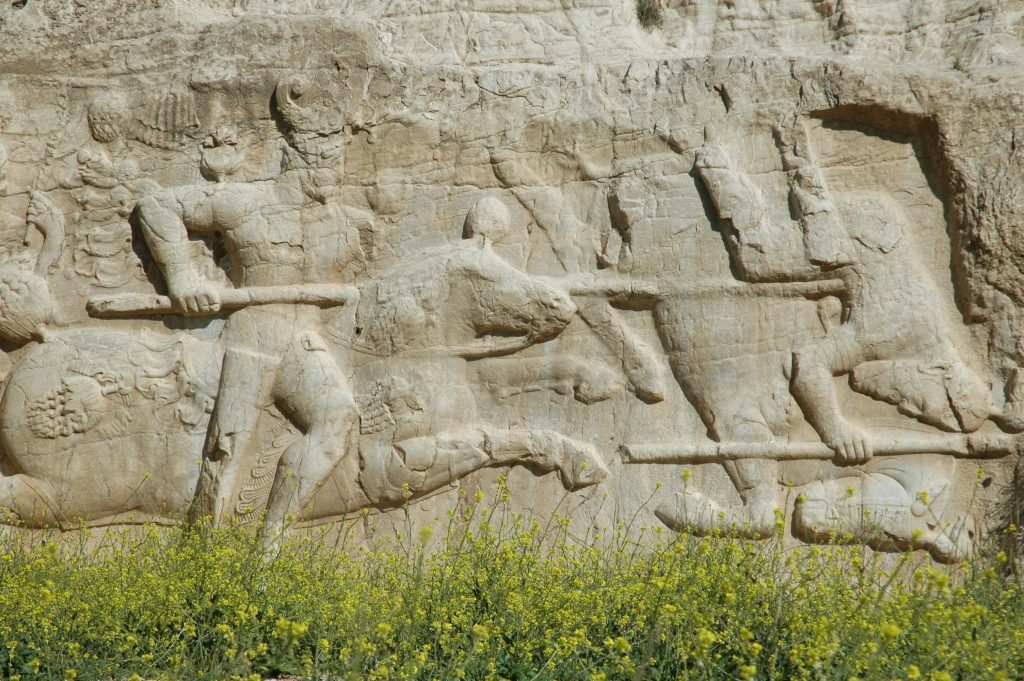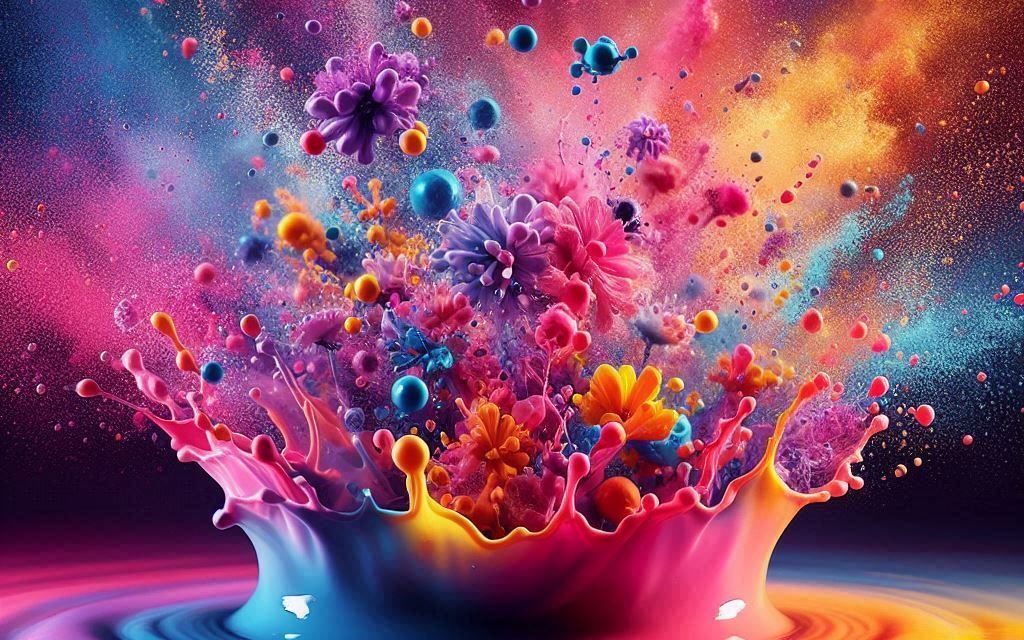Persian Art: An Overview of its Unique Characteristics and Contributions
Table of Contents
Persian art, with its deep historical roots and rich cultural significance, represents one of the most profound artistic traditions in the world. Spanning several millennia, from the ancient civilizations of Elam and the Achaemenid Empire to the Islamic era and beyond, Persian art reflects a complex interplay of influences, styles, and innovations. This essay explores the key characteristics, themes, and contributions of Persian art, emphasizing its distinctiveness and enduring impact on global artistic heritage.

Photo by Unsplash
Historical Context of Persian Art
To understand Persian art, one must first consider the vast historical and geographical context from which it emerged. The Persian Empire, particularly during the Achaemenid period (c. 550–330 BCE), was one of the largest and most powerful empires of the ancient world. It extended across a vast region, encompassing parts of present-day Iran, Iraq, Turkey, Egypt, and Central Asia. This extensive empire facilitated a cultural exchange that profoundly influenced Persian art.
Persian art evolved through several significant periods, each contributing unique elements to the artistic tradition. The Achaemenid Empire is known for its monumental architecture and intricate relief sculptures, as seen in the grand palaces of Persepolis. The Sassanian Empire (224–651 CE) followed, bringing innovations in rock reliefs and metalwork. The Islamic period, beginning in the 7th century, introduced new artistic forms, including intricate tile work, calligraphy, and miniature painting.
Architectural Grandeur
One of the most distinctive features of Persian art is its architectural achievements. Persian architecture is characterized by its monumental scale, intricate ornamentation, and harmonious proportions. Achaemenid architecture, as exemplified by the palaces of Persepolis, showcases the empire’s grandeur. These structures are adorned with detailed reliefs depicting scenes of royal processions, battles, and ceremonial events. The use of stone columns, often topped with capitals featuring stylized animal forms, is another hallmark of this period.
During the Sassanian period, Persian architecture continued to evolve, with innovations such as the use of domes and arches, which would later influence Islamic architecture. The development of the iwan (a vaulted hall or space, walled on three sides, with one end entirely open) became a key element in Persian and later Islamic architectural design.
The Islamic period saw the construction of some of the most iconic structures in Persian art, including mosques, madrasas, and palaces. The use of tile work, featuring intricate geometric and floral patterns, became a defining feature of Persian Islamic architecture. The mosques of Isfahan, such as the Shah Mosque and the Sheikh Lotfollah Mosque, are renowned for their stunning tile work and harmonious proportions.
Miniature Painting and Manuscript Illumination
Another significant aspect of Persian art is its tradition of miniature painting and manuscript illumination. Persian miniatures are small, detailed paintings that often illustrate literary works, such as the epic poems of Ferdowsi and the lyrical verses of Hafez and Rumi. These paintings are characterized by their vibrant colors, intricate details, and the use of gold and silver leaf.
Persian miniature painting reached its zenith during the Timurid and Safavid periods (14th–17th centuries). The Timurid era saw the development of a distinctive style, with an emphasis on detailed landscapes and a rich color palette. The Safavid period further refined the art form, with artists like Behzad and Reza Abbasi creating masterpieces that combined traditional Persian themes with new stylistic innovations.
Manuscript illumination, often accompanying Persian miniatures, involves the decoration of the margins and borders of a manuscript with intricate designs, including arabesques, floral patterns, and calligraphy. This art form reflects the Persian love of detail and the importance of literature in Persian culture.
Calligraphy: The Art of the Word
Calligraphy holds a special place in Persian art, particularly in the Islamic period when the written word gained a sacred significance. Persian calligraphy is not only a means of communication but also an art form in its own right. It is characterized by its fluidity, elegance, and the harmonious balance between form and content.
The Persian script, especially the Nastaliq style, is celebrated for its beauty and is often used in the decoration of buildings, manuscripts, and objects. Calligraphy in Persian art is often combined with other forms of decoration, such as tile work and manuscript illumination, creating a seamless blend of text and ornamentation.
Textiles and Carpets
Persian textiles and carpets are world-renowned for their craftsmanship, intricate designs, and rich symbolism. Persian carpets, in particular, are among the most celebrated art forms, known for their complex patterns, vibrant colors, and high-quality materials. The designs often feature floral motifs, geometric patterns, and scenes from nature, reflecting the Persian aesthetic of beauty and harmony.
The art of carpet weaving in Persia dates back to ancient times, with the oldest known example being the Pazyryk carpet, believed to date from the 5th century BCE. Persian carpets reached their artistic peak during the Safavid period, with the royal workshops producing some of the finest examples of this art form.
Persian art, with its diverse forms and deep historical roots, is a testament to the rich cultural heritage of Iran. From the monumental architecture of Persepolis to the delicate brushstrokes of miniature paintings, Persian art encompasses a wide range of artistic expressions, each contributing to the overall tapestry of Persian culture. The intricate designs, vibrant colors, and profound symbolism found in Persian art reflect a unique worldview, one that values beauty, harmony, and the interplay between the material and spiritual realms.
The legacy of Persian art continues to influence artists and designers around the world, serving as a reminder of the enduring power of artistic expression. Persian art is not merely a reflection of a specific time or place; it is a timeless embodiment of the human spirit’s quest for beauty and meaning.


No responses yet